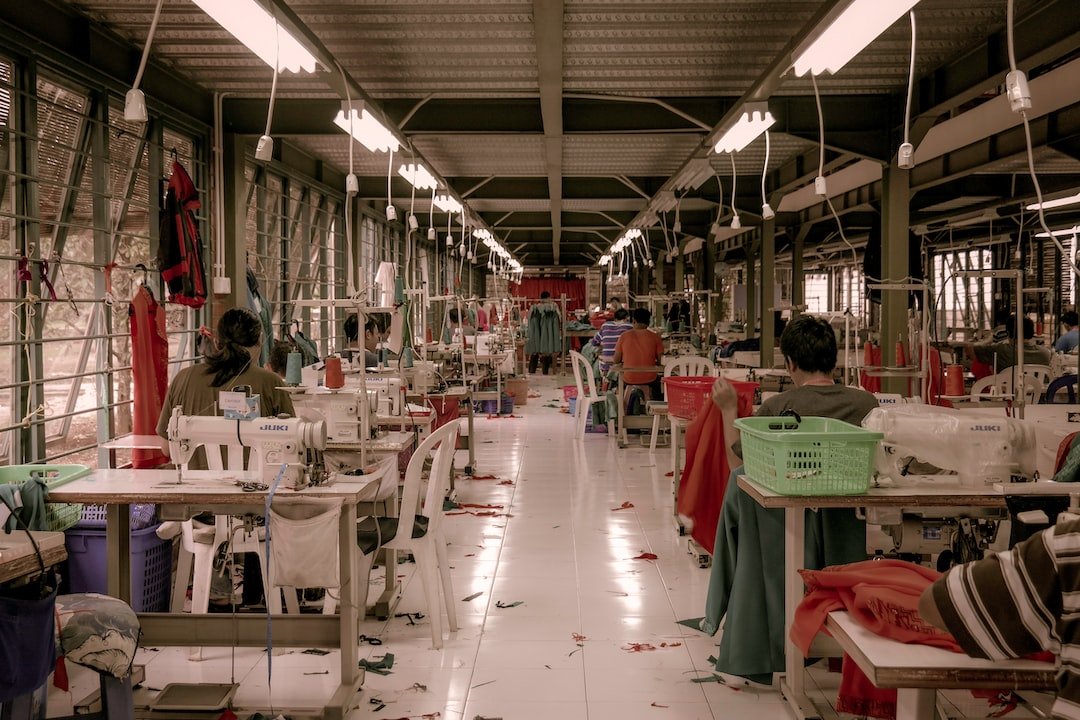The Future of 3D Printing in Manufacturing
3D printing, also known as additive manufacturing, has been making waves in various industries for its incredible potential to revolutionize the manufacturing sector. This innovative technology has come a long way since its inception and has shown immense promise in reshaping the future of manufacturing. In this blog post, we will explore the future of 3D printing in manufacturing and how it is set to transform various industries.
One of the key advantages of 3D printing in manufacturing is its ability to produce complex and intricate designs that would be difficult or impossible to achieve with traditional manufacturing methods. This opens up a world of possibilities for designers to create products that are not only aesthetically pleasing but also highly functional. As the technology continues to advance, we can expect to see even more sophisticated designs being produced using 3D printing, leading to a new era of product innovation.
Another significant benefit of 3D printing is its potential to reduce manufacturing costs and lead times. Traditional manufacturing processes often involve multiple steps, tools, and materials, which can be time-consuming and expensive. With 3D printing, products can be manufactured in a single process, eliminating the need for multiple steps and reducing production costs. Additionally, the ability to print on demand allows for a more streamlined supply chain, whereby products can be produced and shipped as and when required, further reducing lead times and inventory costs.
Furthermore, 3D printing offers manufacturers the ability to customize and personalize products on a mass scale. Gone are the days when customization was limited to small batches or high-end luxury items. With 3D printing, mass customization becomes a reality, as each product can be tailored to individual customer preferences without sacrificing efficiency or scale. This level of customization opens up new avenues for businesses to offer unique and personalized products, catering to the ever-evolving demands of consumers.
The future of 3D printing in manufacturing also holds immense potential for sustainability. Traditional manufacturing methods often result in significant waste and environmental impact due to the use of excessive materials and energy. 3D printing offers a more sustainable alternative by utilizing only the necessary materials and reducing energy consumption. Additionally, the ability to recycle and reuse materials in 3D printing further contributes to a greener and more eco-friendly manufacturing process.
In conclusion, the future of 3D printing in manufacturing looks promising, with its potential to revolutionize the way products are designed, manufactured, and customized. From complex and intricate designs to reduced costs and lead times, 3D printing offers a multitude of benefits for manufacturers across various industries. As the technology continues to advance, we can expect to see even more innovative applications of 3D printing, leading to a more sustainable and efficient manufacturing landscape.

